The Sunday Project’s Hamish McDonald’s face expressed all the earnestness of an 18-year-old first-year university student naïvely trying to convince their octogenarian grandpa that they were wrong on an issue when, in fact, they were not.
‘I’m sorry, where are you getting that figure from Kamahl?’ McDonald quizzed his older and wiser celebrity guest with feigned ignorance. ‘Obviously grateful to have you on,’ he condescendingly continued later, ‘I feel we should just fact check the $40 billion figure because you’ve used it a few times and I know a lot of people are listening to you.’
Kamahl, the legendary celebrity crooner from the 1970s and 80s variety TV shows, was being scolded for a surprise announcement on the Sunday night show, that after starting out with a ‘No’ position on the Voice, he’d changed his mind to ‘Yes’ momentarily, but had decided on ‘No’ again. This somewhat embarrassed the unashamedly pro-‘Yes’ panel of presenters on The Project. They had hoped to present Kamahl as a shining example of how one could change their mind on the issue from ‘No’ to ‘Yes’.
The 42-year-old presenter went on to lecture his 89-year-old guest, citing an irrelevant ‘fact check’ about a smaller amount of funding administered by one particular agency. From way upon the moral high ground, Macdonald opined, ‘I think it’s probably just right that given we are in referendum, and people are making up their minds, that we just get that right.’
It would indeed be good if The Project got things right in this case. In what is such an important study that every journalist in Australia should be able to recite its findings by heart, the figure comes from the last big government probe attempting to put a figure on the amount of taxpayer money that goes to Aboriginal and Torres Strait Islander (ATSI) Australians.
It was the 2017 report of the Productivity Commission, readily available online, based on an analysis of federal budget spending in the 2015-16 financial year.
The study concluded that approximately $33 billion of all federal government spending that year went to ATSI Australians, who, according to the Australian Bureau of Statistics numbered around 730,000 in that period. This means an average of $45,000 was spent on each Indigenous person in the country.
We must be clear that this is all spending. Including all the regular spending for services available to non-ATSI Australians. The study was careful to make the distinction between funding for regular services (~$27 billion) and ATSI-specific programs and initiatives (~$6 billion).
The total federal budget in FY2015-16 was $556 billion. So the remainder of $523 billion was spent on all other Australians, which in that year numbered 23.4 million. That’s $22,000 each.
So, in simple terms, the government spending on ATSI Australians is more than double per person on average each year than on the rest of the nation’s people.
This is not a discussion about whether this level of spending is justified or not. Some of this additional funding is related to the tyranny of distance endured by remote communities, some because of a higher level of welfare dependence, and some for affirmative action programs. But it certainly clearly demonstrates that Australians cannot, by any reasonable measure, be considered a racist people. And we most certainly do care enormously about the wellbeing of those who claim they are descendants of the ‘first peoples’ of the land we all share.
The Project’s failure to explain this very easy-to-research reality is a problem, mainly because of the show’s influence over younger voters. While it is a low-rating program by overall viewership numbers, it captures a healthy slice of the under-30s audience, and the show has driven a strong ‘Yes’ narrative throughout the referendum campaign period.
A TV show with a ‘Woke-left’ leaning, quoting a ‘fact checking’ organisation that in and of itself has a similar bias, should be a red-neon-light flashing warning sign to the proponents of the Albanese government’s proposed new ‘misinformation’ laws: we cannot trust government, ‘fact checkers’, or the media to become arbiters of the truth.
The proposal to give ACMA – the Australian Communication and Media Authority – ‘Ministry of Truth’ powers similar to the UK’s erstwhile communications regulator, Ofcom, is a move that would seriously endanger diversity of expression, opinion and political discourse in Australia.
Russell Brand is last week’s news. The establishment’s knives are out in the UK this week for actor and presenter Laurence Fox, founder of the UK’s conservative Reclaim political party. Fox is the host of a show on the country’s conservative-leaning news channel GB News. In response to widely criticised comments by a journalist about the crisis of male suicide, Fox foolishly made some sexist low-level school-boy attacks of his own in reply, giving the powers-that-be-including the all-powerful Ofcom – the ammunition needed to pressure the network’s management to gag him.
That there was not an equivalent social or regulatory backlash to the female journalist’s original misandrist comments, which underscores the blinding bias engulfing the UK establishment. Without laws protecting free speech from regulation – including offensive and distasteful speech – a country can become too easily locked into an inescapable group-think bubble.
Such a bubble dominates shows like The Project, QandA, and The Drum, which is okay so long as the alternatives are also protected and escape remains possible. Otherwise erratic and erroneous ‘fact checks’ will have no necessary criticism.
But $33 billion does not equal $40 billion, so was Hamish partly right to reign-in the Mike Walsh Show-era crooner? Well, no.
Inflation between 2015 and today sits at 28.5 per cent. Given that, the $33 billion of 2015 becomes more than $42 billion in 2023. So Kamahl’s figure was not only right, but conservative.
In fact, there’s one other important element that needs to be added to the mix: according to the ABS, 950,000 of us now identify as being ATSI people. A huge 30 per cent jump in just eight years not able to be attributed to merely increased birth rates (but that’s another story). If the 2015-16 rate of spending has continued since, a more accurate figure of total spending on ATSI Australians would be $55 billion. Overall federal government spending has only risen approximately 20 per cent in the same period, so this may suggest some cutbacks, but it would still make $50 billion a fairly conservative guess.
Again, this isn’t a debate about whether it’s right to spend double on one racial group. Those of us who reject identity politics in all its ugliness only care that all disadvantaged people are being helped, and that support is provided efficiently and effectively and only to people who actually need it.
Programs based upon racial identity are inherently racist in that they assume all people of a particular race share equal disadvantage – the ‘racism of low expectations’ logical error that modern Woke people so easily fall into. One thing is certain: cementing these low expectations for all eternity into our nation’s foundational document would be a very foolish and dangerous move.
Got something to add? Join the discussion and comment below.
Get 10 issues for just $10
Subscribe to The Spectator Australia today for the next 10 magazine issues, plus full online access, for just $10.

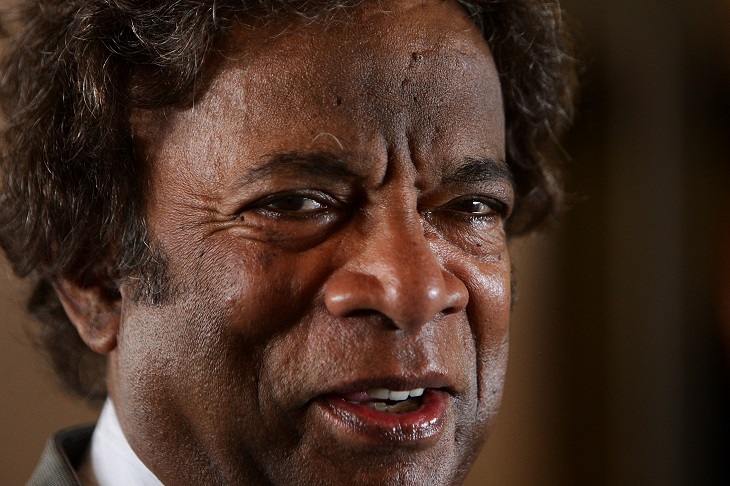
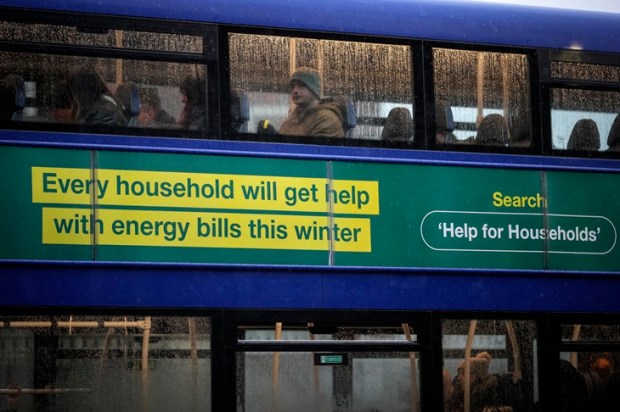

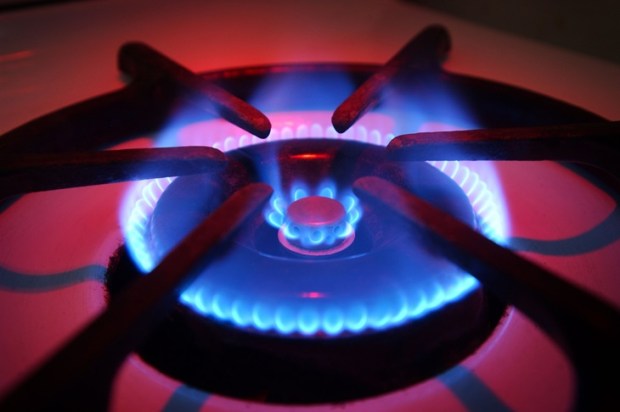
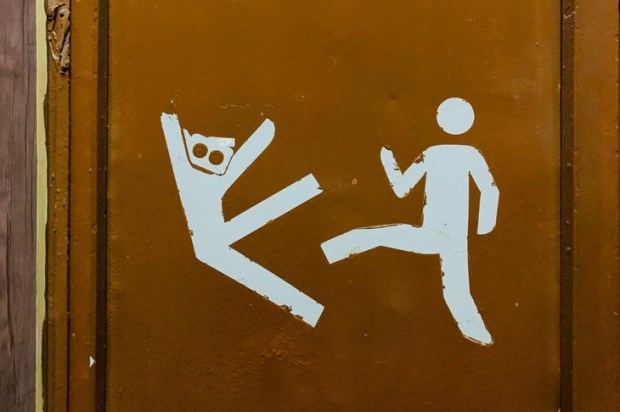
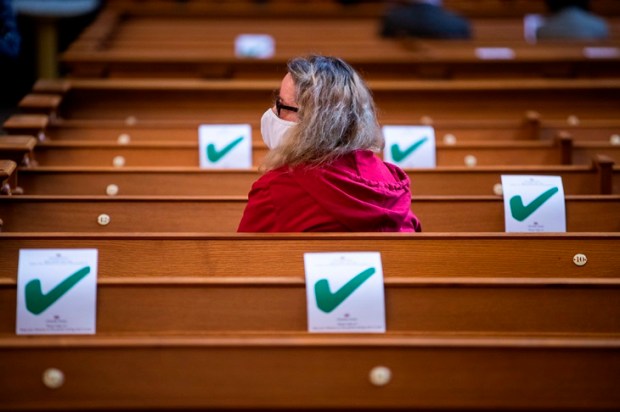



















Comments
Don't miss out
Join the conversation with other Spectator Australia readers. Subscribe to leave a comment.
SUBSCRIBEAlready a subscriber? Log in